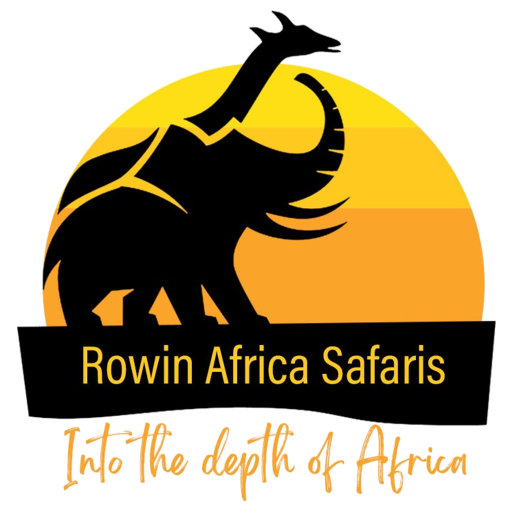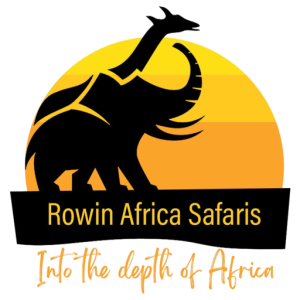With one of Tanzania’s highest concentrations of elephants and sparse vegetation scattered with baobab and acacia trees, Tarangire National Park is a beautiful and distinctive location. Tarangire, which is only a few hours’ drive from the town of Arusha, is a well-known destination for safari enthusiasts traveling the northern circuit on their way to Ngorongoro and the Serengeti.
The overall land area of Tarangire is 2850 square kilometers, or 1,096 square miles. 118 kilometers, or 75 miles, southwest of the town of Arusha, is where the park is situated.
Tarangire National Park attractions
Elephants
With more than 300 elephants, Tarangire National Park is well recognized for having Tanzania’s largest elephant population. As they are a necessary part of the “big five,” elephants ought to be readily apparent throughout the park. These elephants may be seen along the Tarangire river, which flows through the park, both in the rainy and dry seasons (June to October). Other wild life species may also be spotted in the national park’s Tarangire creek, which is a key water source.
Tarangire River
Another attraction in the park is the Tarangire River, a noteworthy attraction that must be seen and streams in the area where many wild living forms hydrate.
The creek is a crucial water hotspot for the many wildlife life species in Tarangire national park. Tarangire River is occasional and changes additional time with high streams during the wet season and the stream is slower during the dry season. The national park is furthermore titled after the Tarangire river which draws in wildife species like elephants, lions, zebras, bison and numerous others. Lions should be seen on a safari since they frequently move about the river area.
Birdlife
With more than 600 different bird species, Tanzania’s Tarangire National Park is a renowned birding destination. They include ostriches, brown parrots, guinea hens, yellow-necked spurfowl, lilac-breasted mousebirds, striped swallows, starlings, bee-eaters, hammerkops, plovers, bateleur eagles, vultures, and many more.
Baobab bushes
Safari visitors may also enjoy the sights of baobab trees when touring Tarangire National Park. It’s a good idea to have a backup plan in case something goes wrong. At Tarangire National Park, baobabs are a common sight.
At Tarangire national park, baobab trees provide as a vital source of food and refuge for wild animal species. Elephants train their trunks on the baobab trees, which are also a major attraction at Tarangire national Park.
Activities to do in Tarangire national park
Bird watching in tarangire national park
Tarangire National Park is popular for bird viewing, and the recreation area is home to more than 600 different bird species, many of which should be visible when you come. The best opportunity to watch these species is from November to April, when migratory birds may also be seen. Ostriches, brown parrots, guinea hens, yellow-necked spurfowl, crested francolin, lilac-breasted mousebirds, striped swallows, starlings, bee-eaters, hammerkops, plovers, bateleur eagles, vultures, and many more bird species are among the numerous varieties of birds that may be found there.
Game watching
To add variety to your Tanzania tours, game watching is available throughout the day, including in the morning, evening, and during the day. The larger and lesser kudu, wildebeest, generuk, fringe-eyed oryx, and predators like lions, leopards, and hyenas, which can be spotted particularly in the southern section of Tarangire national park, are some of the animal species that may be viewed while on a game drive with tour operators. The time of day when the game drive is taking place affects the likelihood of viewing the various animal species. Tourists who go on early game drives have a better chance of seeing wildlife since it is more active then than it is in the evening. Full-day game drives broaden the range of wildlife viewing opportunities since they allow visitors to see visitor behavior throughout the day.
Nature walks
Nature walks are led tours that bring visitors and park rangers together to experience the natural beauty of the national park and take in the breathtaking vistas and other picturesque sights of Tarangire National Park. As the rangers are there to keep the visitors safe from harm, their security is guaranteed.
Hot air balloon safaris
Furthermore necessary for the safari experience while visiting Tarangire National Park are sightseeing balloon rides. This process takes about an hour and provides a higher view of the park and its features. Natural life species may also be seen from the sightseeing balloon, which follows the direction of the breeze. Tourist balloon safaris may begin as early as 5:00 am, and after the inflatables have been extended, passengers can board and set off on their journey. Upon landing, breakfast is provided in the wild, and the passengers exchange champagne and other drinks.
Cultural Tours
Cultural tours invite tourists from the surrounding region to learn more about the locals’ societies. Visitors to Tarangire National Park often identify the Maasai people with their fascinating society and nomadic lifestyle. The Maasai also have a distinctive way of attire that includes globules weaved in unique patterns that attracts tourists in addition to traditional dance performances, viewing local expressions and delicacies, and many other social viewpoints.
Best time to visit Tarangire national park
Every time of the year is a good opportunity to explore Tarangire National Park.
Typically, June through October is the greatest time to visit Tarangire to observe wild life (the dry season). Due to the abundance of water that flows from the Tarangire river, enormous groups of species migrate from the surrounding areas to the recreation area. You may also see the majority of the elephants that Tarangire National Park is so well-known for during the dry season.
Due to the abundance of lush, green flora in the recreation area during the rainy seasons (November and December and March to May), animals are easier to spot. A major percentage of the wild life, notably the elephants, vanish throughout this time period in quest for more sturdy, dry terrain.
Getting to tarangire national park
Tarangire national park may be visited by both road and air.
By Road: Travelers may take a paved road from Arusha or Lake Manyara to within seven kilometers (four miles) of the main entrance gate, then continue on to the Serengeti and Ngorongoro Crater.
By Air: Tarangire national park can be reached by using Private jets departing from Arusha and the Serengeti


